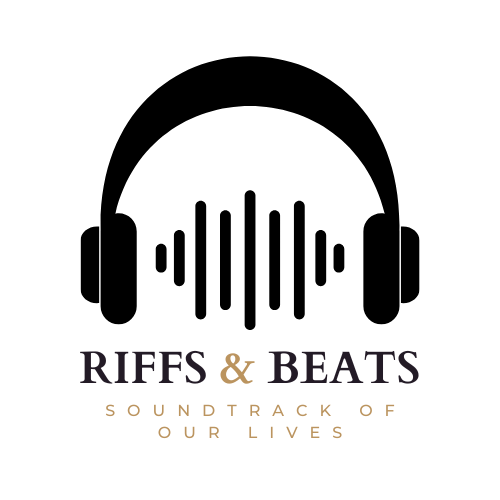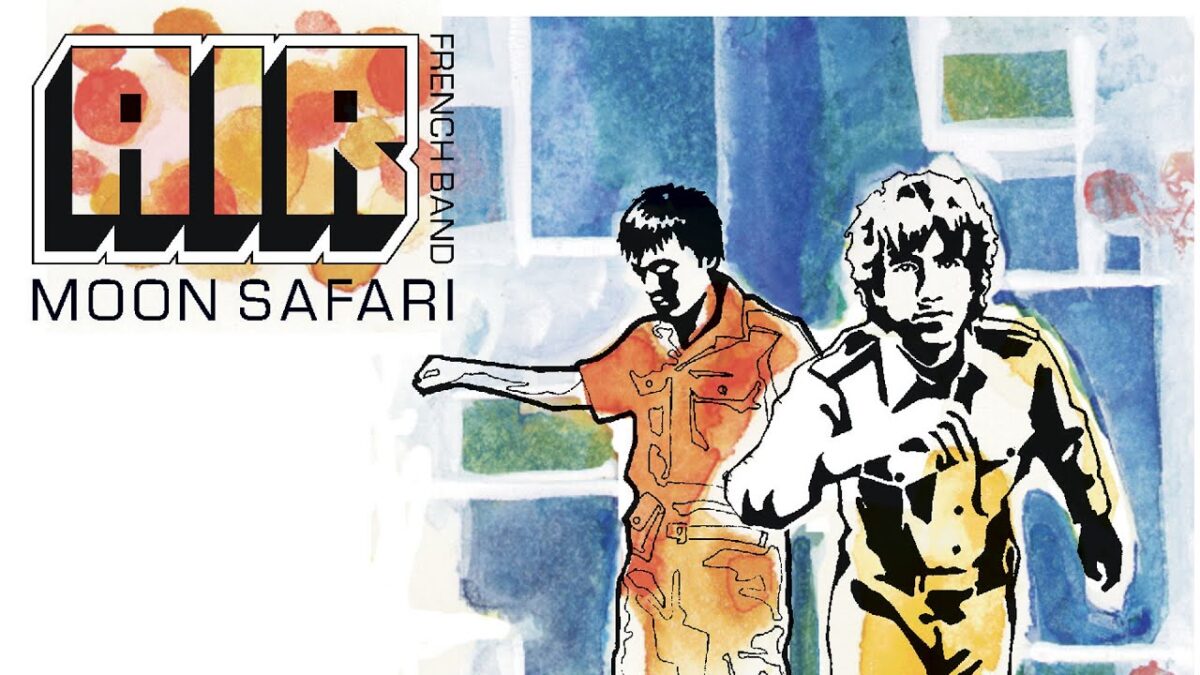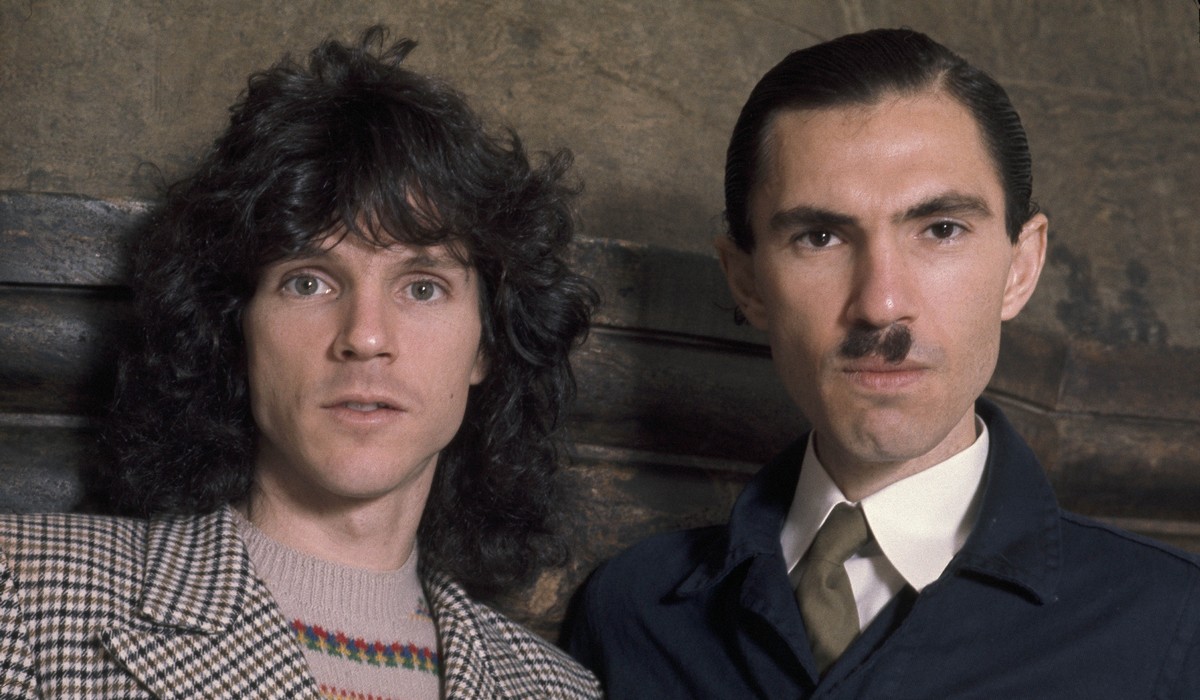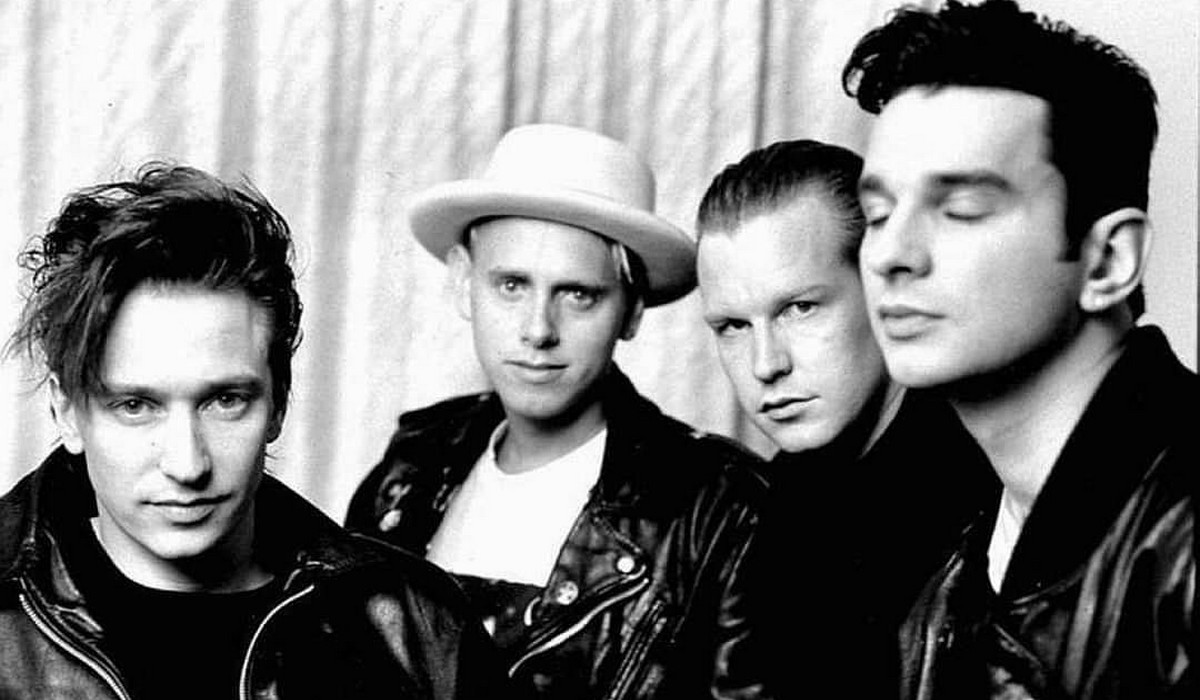An anthem forged in velvet and steel
Beginning with a rumble, like an engine restarting in the dark. Then comes the mechanical but somehow alluring chugging synth line, drawing the listener into movement before the first word is sung. Never ever let me down. Released in 1987 as the second single from Music for the Masses, once again, isn’t only a song. It’s a pact, a delusion, a prayer enclosed in a pulse. Depeche Mode had already left their synthpop youth behind at this stage. They were discovering something bigger, blacker, heavier, and far more cinematic at this moment.
Newly self-assured and infused with threat, Dave Gahan’s baritone bears the lyrics like a confession whispered a little too loudly. “I’m traveling with my best buddy,” he declaims; it first sounds innocuous, somewhat pious. As the track develops, it becomes apparent the trip is more chemical than just regular. Long thought to be a veiled allusion to drug use—especially painful considering Gahan’s struggles in the years that followed—the song’s actual genius rests in its vagueness. Is it about trust? Addiction? Blind faith? Likely all three.
Alan Wilder’s arrangement here is great; it is elegant without going into extravagance. He layers industrial rhythm, sweeping pads, and delicate orchestration until the song track rises above the listener. Especially in the extended version, the outro is a masterclass in regulated anarchy, like the gears of a machine falling just barely out of sync. Martin Gore’s backing vocals offer the perfect counterpoint: vulnerable where Gahan is commanding, haunted where he is hypnotic.
It’s about the concept of fleeing from reality and the evil awakening afterwards. Any kind of fleeing. Drugs, alcohol, or whatever.
(Martin Gore, Bravo Magazine, 1987)
Never fail me Once more fast turned into a live must-have, its signature arm-waving chorus now a ceremony at every Depeche Mode performance. Starting as a depressing synth hymn, it developed into a uniting anthem. That recurrent statement, “never let me down,” strikes a collective nerve somewhere between despair and defiance. It is not seen as ironic in the stadiums. It feels like to survive.
Three decades later, the song still resonates with unrelenting power. This standard is not only in the Depeche Mode catalogue but also in the development of electronic music as a whole. It showed synths could be passionate, darkness could be shared, and pop could march like an army in boots and eyeliner. Never Let Me Down Again not only scored its scene. It survived it.





